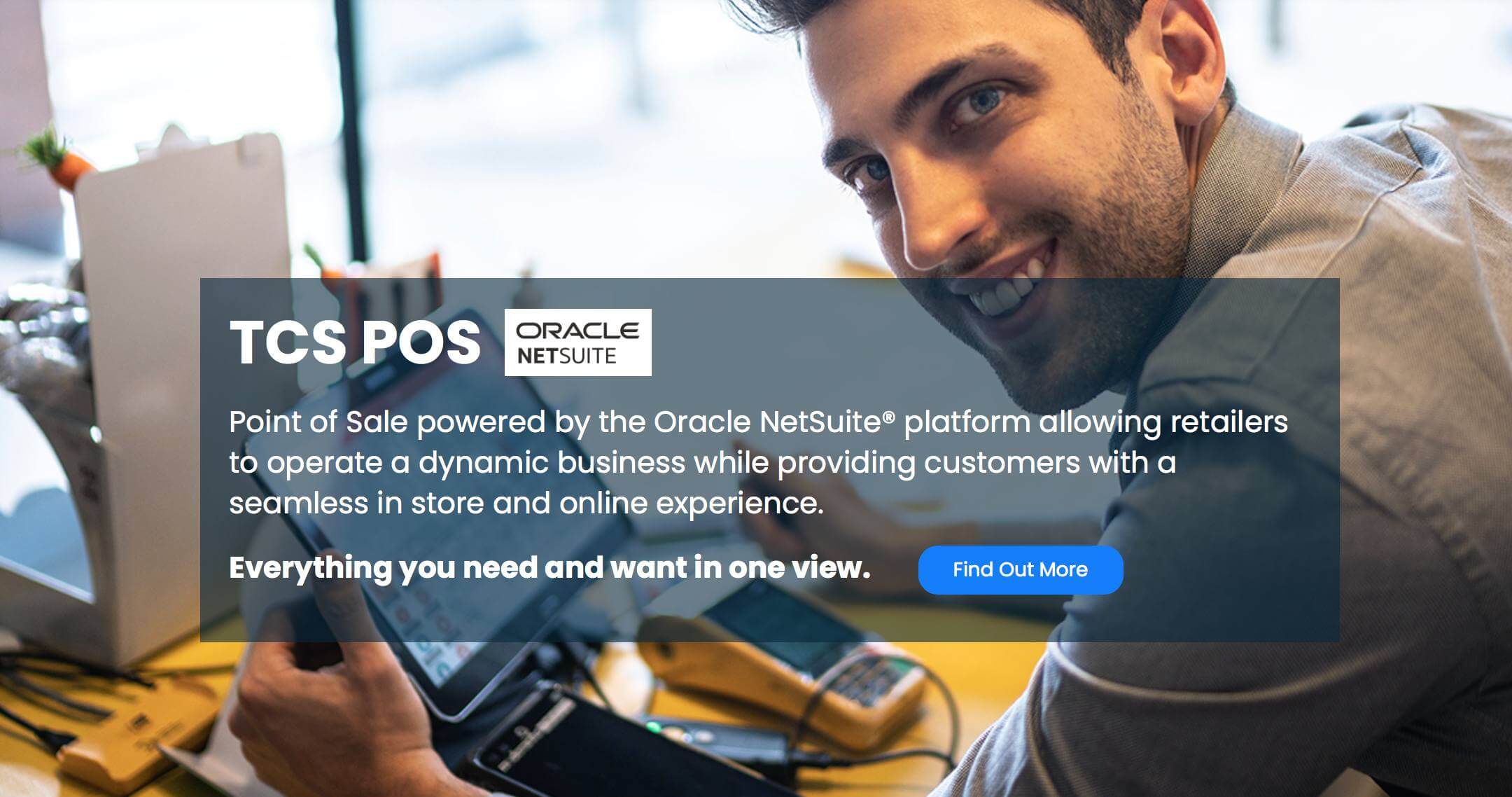Posted by China Martens, Senior Writer, NetSuite
Intelligent order orchestration, beacons, mobile POS and constantly evolving customer expectations that retailers “know them” are just a few of the things that make succeeding as a modern retailer incredibly challenging.
For example, consumers today use multiple channels to research, order, track and then pick up their purchase or have it delivered to them and they expect consistency across all interactions they have with a retailer and its supply chain and delivery partners. So, how can retailers best approach the challenges of today’s multi-channel world?
A panel of retail industry experts shared their advice and experiences around how to cope with these challenges during a session at the recent SuiteWorld conference entitled “Insights on the Future of Retailing: Omnichannel and Beyond.”
Chaired by Joe Skorupa, RIS News Group Editor-in-Chief, the panelists were Miya Knights, Senior Research Analyst with IDC Retail Insights, Adam Silverman, Principal Analyst with Forrester Research and Steve Rowen, Partner with RSR Research.
Adopt Distributed and Intelligent Order Management As Soon As Possible
When it came to picking the top trend in retailing, there was clear consensus (far from a guarantee when a group of analysts gather together). All three singled out distributed order management and intelligent order orchestration as the primary way for retailers to move from a single channel world to managing orders between channels while optimizing their inventory. According to RSR’s Rowen, some of his retail clients are prioritizing investment in distributed order management over re-platforming their ecommerce operations. One of the main drivers for that decision, he explained, is that distributed order management forms the cornerstone of mobile ecommerce. At the same time, retailers must ensure they provide customers with full online inventory visibility, which is another prerequisite for optimal omnichannel operations.
Beacons Yet to Set the Retail World Alight
There was also analyst consensus on the most hyped technology – beacons – or rather, the current overhyping of the influence of beacons on real-world retailing. Compelling use cases have yet to emerge on how retailers and customers will benefit from in-store devices that can communicate with nearby smartphones using Bluetooth technology. Beacons have promise but they will only come into their own as part of the emerging Internet of Things revolution within the next three to five years and once it becomes commonplace for shoppers to download retailers’ mobile apps to their smartphones or tablets, according to the analysts. In fact, retailers’ mobile apps need to become the glue that connects customers with brick-and-mortar stores, said IDC’s Knights. Once beacons are in place, retailers will need to determine how best to use the knowledge they can gain, which includes the identification of individual shoppers as they enter the store as well as the ability to track a shopper’s location and behavior inside the store.
Mobile Technologies Are Great, Just Don’t Forget About the Basics
Analysts also discussed the potential danger of retailers stuffing newer technologies such as mobile point-of-sale (POS) into their stores without perhaps fully considering the consequence. Empowering associates with tablets and full access to customer purchasing histories will only pay off for retailers if they spend time training up their store staff and focusing on employee satisfaction and retention. As the analysts pointed out, while most people’s first work experience is in a retail store, the majority of those people don’t stay in retail because traditionally it’s been an environment where employees are undertrained, undervalued and underpaid.
Rethink Customer Experience
As Forrester’s Silverman noted, there’s a key question all retailers need to consider: Do they understand why people come to their stores? The answer to that question can help retailers focus on how to significantly improve or ideally, reinvent, customer experience. To help gain that insight, retailers also need to shop at their own stores, both in the real world and online. They need to discover just how easy (or hard) is it for a customer to shop with them and whether they are truly offering omnichannel consistency in all customer engagements? Analysts also advised that retailers figure out where their brand exists in their customers’ lives to determine the value and scalability of creating a unique in-store customer experience such as a clothing brand providing dinner nights or cooking lessons. For some retailers, the emphasis will be on speed of transaction and a great price point, while for other retailers, it will be more about building an immersive and enjoyable experience that may not always result in customer purchases.

